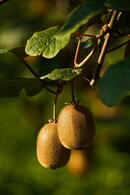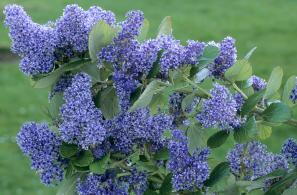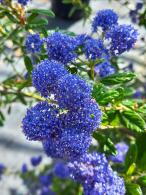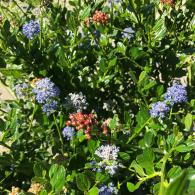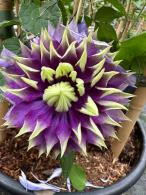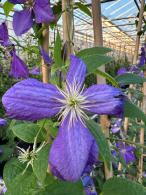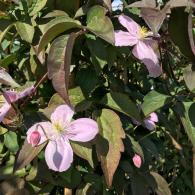Get Additional 5% Off 1st Order
Climbers
Evergreen and Deciduous Climbing Plants for All Aspects
Climbing Plants are generally energetic plants and come in three main types. There are climbers with aerial roots which stick to walls & fences etc. This includes the popular Hedera Helix on canes. There are climbers such as the evergreen Clematis Armandii which hold themselves up by twisting their stems around their support.
And there are the ramblers – an example of which is the honeysuckle - which support themselves by leaning on or by naturally clambering over other neighbouring plants or structures such as pergolas or fences.
Our evergreen climbers make ideal screening plants, providing screening all year round and usually coming with a display of stunning flowers in spring and summer. Particularly large and bushy Trachelospernum Jasminoides around 3.5-4m height.
A climber will grow in almost any direction provided it has a support to cling to. This can be a wall, a trellis, another plant, a fence, the side of a house – the possibilities are endless. Climbing plants can architecturally enhance your garden and can be used to frame windows, doorways and archways.
Climbers can be trained on canes, trellis or wire hoops to grow over practically anything – thus going to parts of the garden that other plants cannot reach.
Most climbers can also be used as trailing plants or as ground cover or to grow along a bank, rather than actively seeking to grow upwards.
At Paramount, we specialise in climbing plants. We also have lots of ideas which we love to share so drop by or drop us an email.
We have trailing plants for shade and as well as climbers that like the sun. In addition to well known and versatile ivy plants, we have flowering evergreen climbers such as the fruit bearing vines such as the spectacular passion flower, beautifully scented flowering jasmine and shrubs that climb such as ceanothus and pyracantha.
